Numerous people around the world are fond of films, of diving in this ocean of stories told via the motion picture. Preceding writing, storytelling was a powerful ancient practice that endured linking today’s storyteller and audience to their ancestors. Storytelling was vital in many ancient cultures; it took place in main events and religious ceremonies. Storytelling, in their earliest forms, was oral and usually accompanied with gestures and expressions.
Shortly after the success of the cinematographic motion picture in the late of the second half of 19th century, film production companies appeared. In few years they turned the new medium into an established mass entertainment industry. This leads us to the independent film that can be viewed as an effort to protect the diversity, art, and creation, and keep the filmmaking process free from the domination of the large entities and technologies in the industry. Another aspect is the window it opens to young talented filmmakers in a harsh environment for newcomers. However, the indie film forms a rich phenomenon that is not all white, nor black. In this article we are tracing the history of independent filmmaking along the path that leads to present, shedding some light on the development of the independent filmmaking, the paradoxes it comprises, the various points of views and predictions of its future, along with lists of the best indie films presented so far.
What is an independent film?
As a vivid phenomenon, the independent movie witnessed many changes while evolving and interacting with its surrounding. Initially, an indie film could be identified as a feature movie that is created outside the major film studio system, produced and distributed by independent entertainment companies. This rule has gone much lesser strict. Hollywood main studios have participated in producing indie films, at first without exceeding one-third of the movie budget. Today, each of the big six studios has an “independent film” division.
The indie film has also developed other features rather than the independent budget. It grew distinguishable with its content, more dependent on artistic elements rather than special effects, diverse themes that Hollywood doesn’t usually employ in the commercial, high budget movies. These characteristics have finally dominated the implication of the concept as widely perceived today. And since the 80s of the past century, indie films as we know today have been a vital part of the cinematic scene.

The major studios of today were the independents of yesterday
It is, no doubt, an interesting fact that the studio system of classical Hollywood cinema is a product of what we could call a rebellious action that some adventurers and young, talented filmmakers took against the monopoly on film production and distribution held by the Motion Picture Patent Company, or Edison Trust. Established in 1908, the giant entity comprised all the major film companies of the time, along with George Kleine, the leading distributor and Eastman Codak, the biggest supplier of raw films.
The filmmakers who refused to join or were not allowed into the MPPC formed the first generation of independents in the film industry. The reasons have always been the same: the rejection of the financial domination that brings the control over the content as well as the vision of the filmmaker. There is also the refusal of the main entities to fund the works of young filmmakers who desire to enter the cinematic field that is known for many things, but not for welcoming newcomers.
These first independent filmmakers were persistent that they made their own cameras and moved to Hollywood, California to be distant from Edison’s home base, New Jersey. While the Edison’s Trust was finally ended in 1915 after two decisions of the Supreme Court of the United States that canceled all the MPPC patents, the seeds of the movie studios were sown in Hollywood. By 1935, the three categories commonly used to characterize the Hollywood system were established;
1- The “big five majors”, comprising Metro-Goldwyn-Mayer, Paramount Pictures, 20th Century Fox, Warner Bros., and RKO Pictures.
2- The “little three artists”: United Artists, Colombia Pictures, and Universal Studios.
3- The “Poverty Row studios” which comprised small studios that eventually declined and disappeared.
Today, the six majors studios are Warner Bros. Pictures, Walt Disney Pictures, Paramount Pictures, Columbia Pictures, Universal Pictures, and 20th Century Fox.
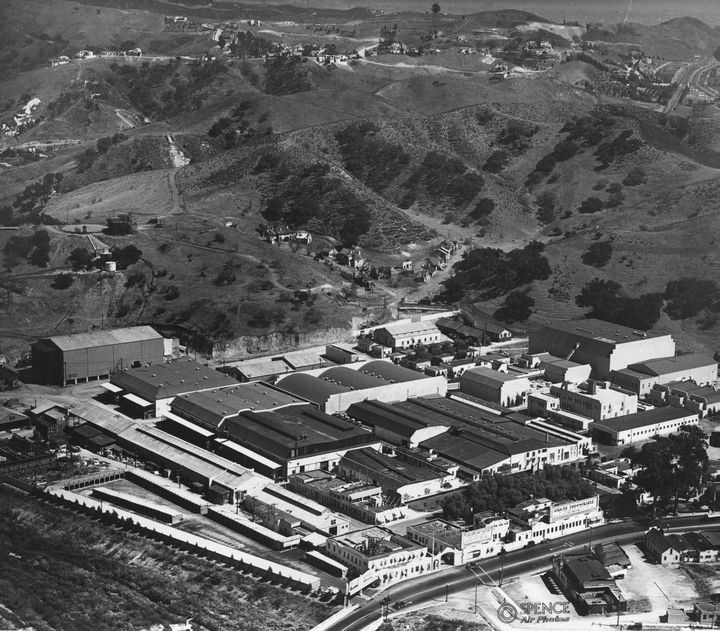

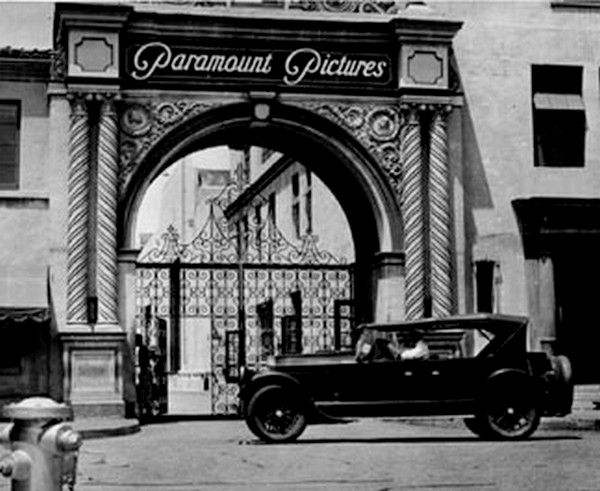
Seeking independence from the studio system
Despite originally fueled by independent efforts, Hollywood studio system has quickly grown powerful that the attempts seeking independence have returned. The first production of these attempts was the foundation of “United Artists” in 1919. The first independent studio in the U.S. was formed by Mary Pickford, Charles Chaplin, Douglas Fairbanks, and D. W. Griffith. The emergence of sound in filmmaking ended the careers of Pickford and Fairbanks, and the 1940s brought the end of United Artists.
From the ashes rose the Society of Independent Motion Picture Producers in 1941. The society was founded by members of United Artists, including Mary Pickford, Charlie Chaplin, Walt Disney, Orson Welles, and Samuel Goldwyn. With the studio system dominating the film industry, they aimed to preserve the rights of independent filmmakers.
It’s important to mention that in the first half of the twentieth century, specifically the 1920s and 1930s, Europe witnessed flourishing of “film societies” that rejected the big film studios system. And the idea spread to Hollywood, California, the home of the system which added momentum to the independent filmmaking in America. This could explain the common features between American indies and European films. Some describe indie movies as European films made by Americans.
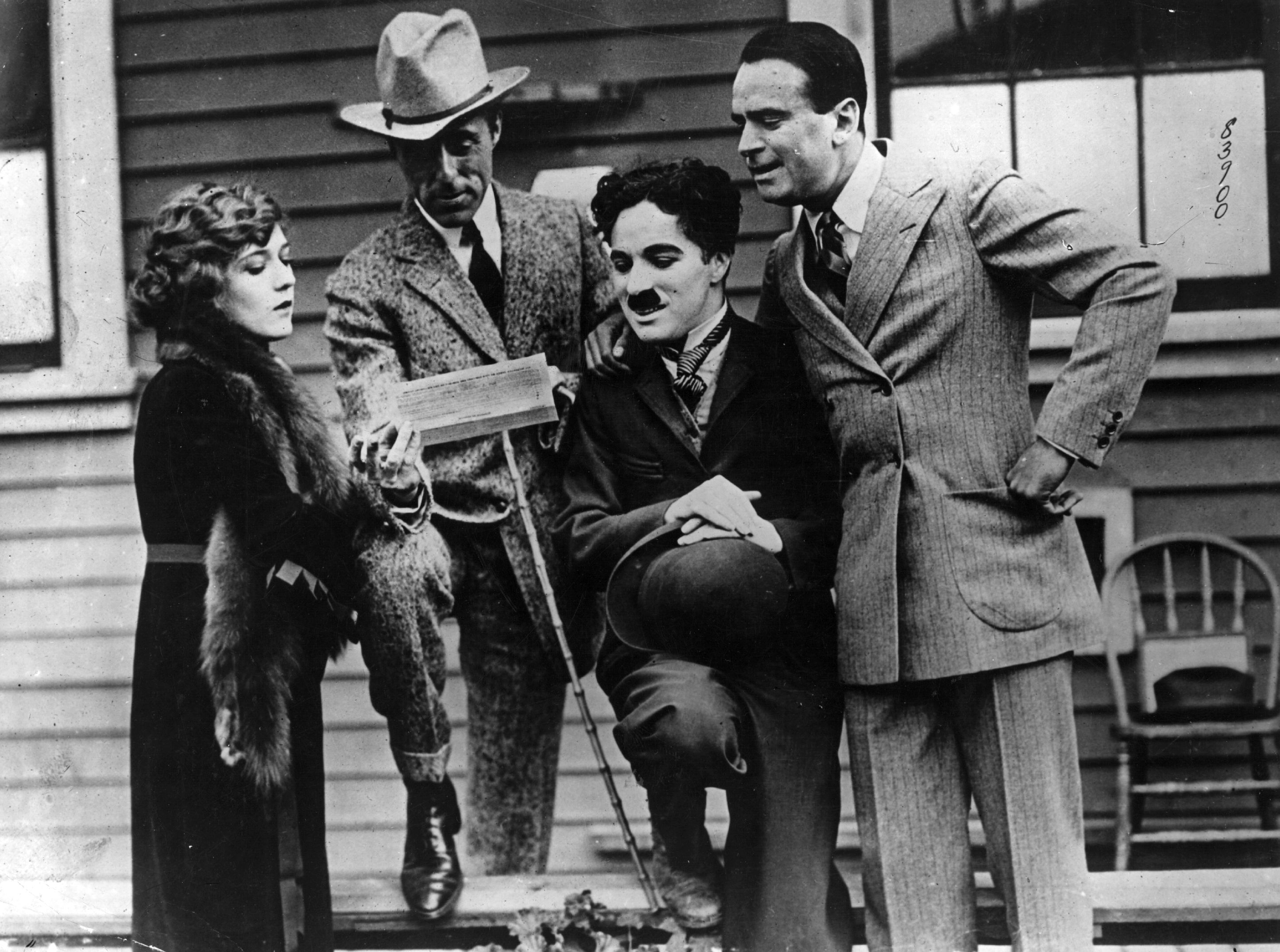
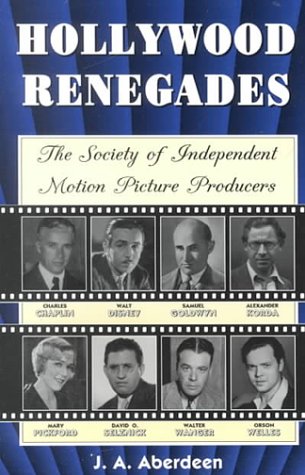
Some rules are required… “the MPAA” rating system
The low budget film became effectively possible due to the appearance of inexpensive portable cameras during World War II. The result was successful and highly influential works such as the short film Meshes of the Afternoon in 1943, and Little Fugitive in 1953 that became the first independent movie to be nominated at the American Award for Best Original Screenplay.
However, the independent filmmaking path hasn’t been all about art and creativity all along. At this period the low budget, non-studio film gained massive popularity, making it quite profitable financially. To attract more audiences into independent theaters, filmmakers used the fact that the independent movie enjoyed a vast space of freedom away from the studios’ self-imposed production code. They employed sex, wanton violence, drug use, and nudity. The low budget commercial movies, called B Movies, especially horror and science fiction genres, flourished throughout the 1960s and 1970s. Examples of this filmmaking trend include works of Roger Corman and George A. Romero’s Night of the Living Dead 1968.
As a result of the abandonment of the Production Code, Hollywood came up with the MPAA rating system which added restrictions on ticket sales to young people.

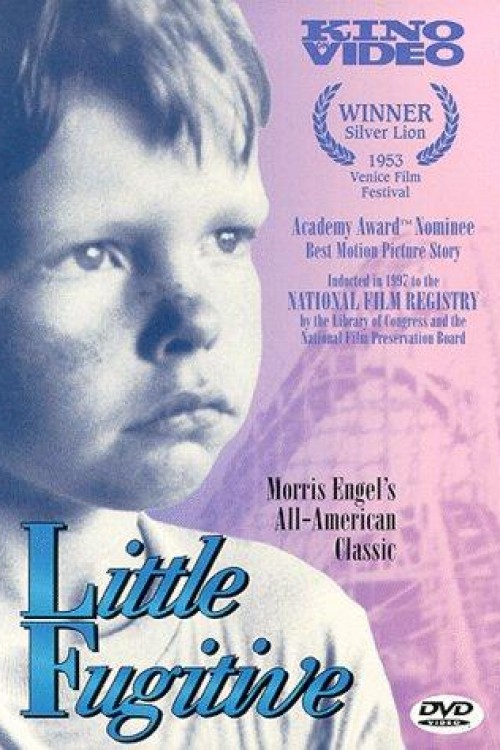
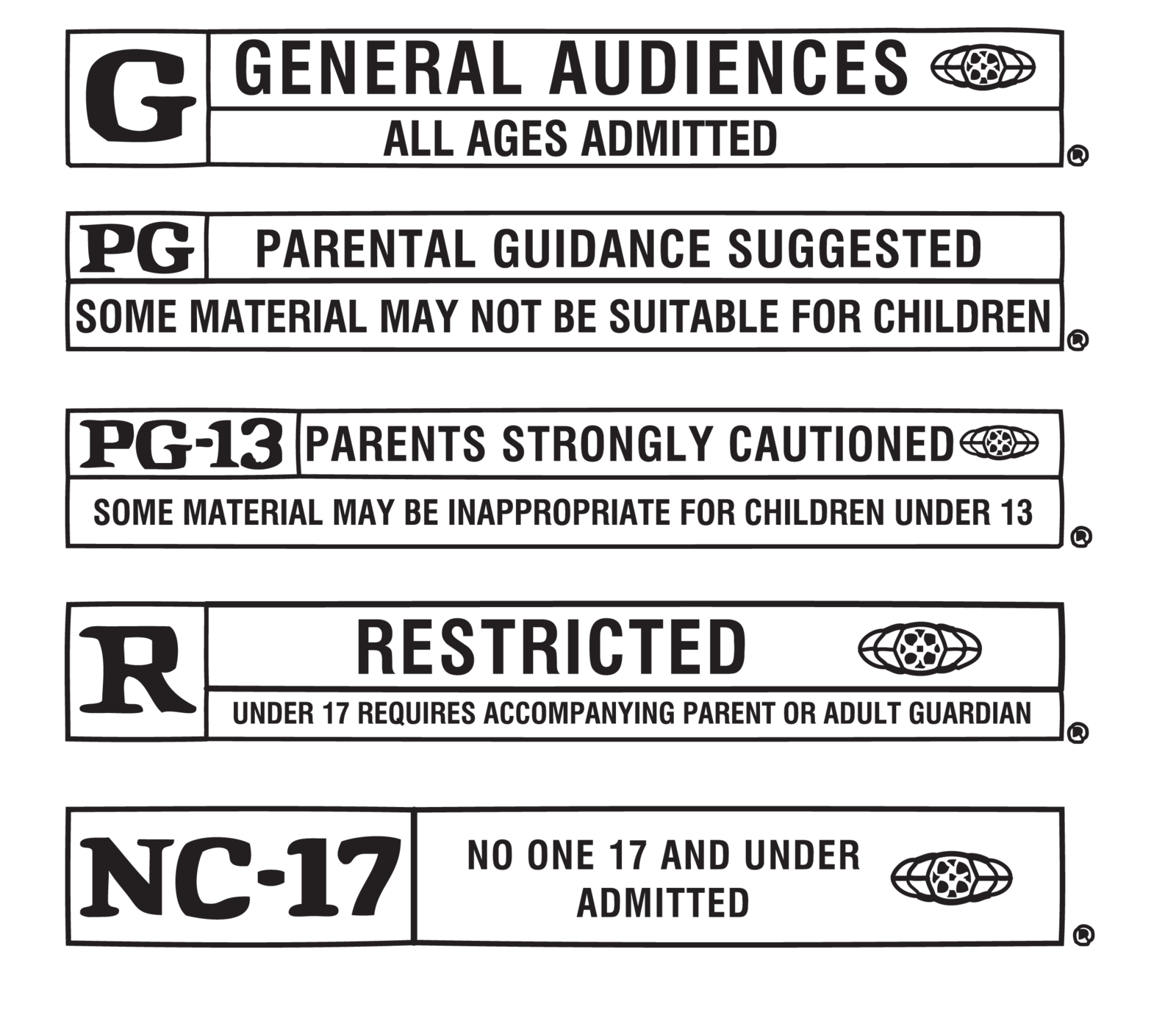
Independent filmmakers and the New Hollywood
Due to several reasons such as the launch of the TV industry in the 1950s, and the studios’ inability to attract the youth audience, Hollywood hired young and first-time filmmakers to pump new blood into the system. The result was impressive; the first-time producer Warren Beatty’s Bonnie and Clyde 1967 grossed over $70 million worldwide by 1973. These initial successes marked what the media dubbed “New Hollywood”.
The New Hollywood generation comprised talented filmmakers who started as independents then produced and released movies under the umbrella of the major studios, such as Dennis Hopper, Francis Ford Coppola, Steven Spielberg and George Lucas.
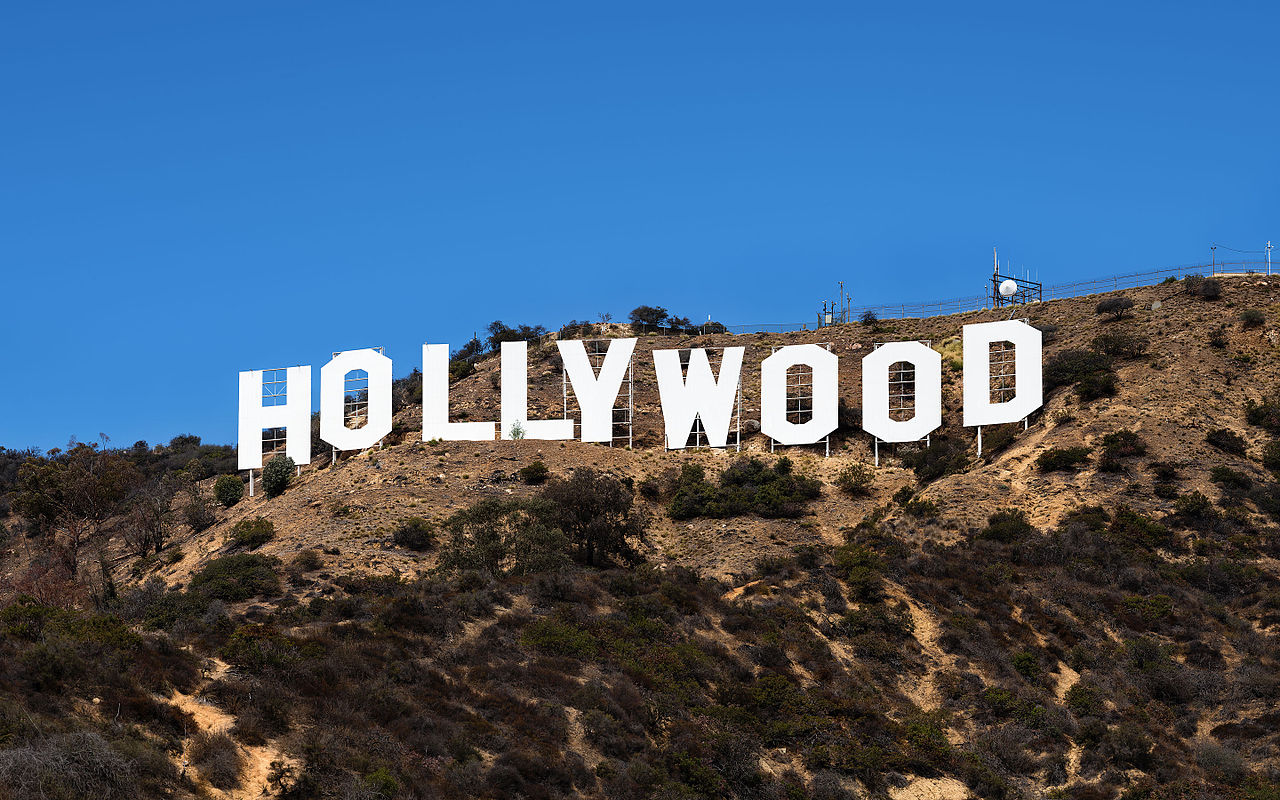
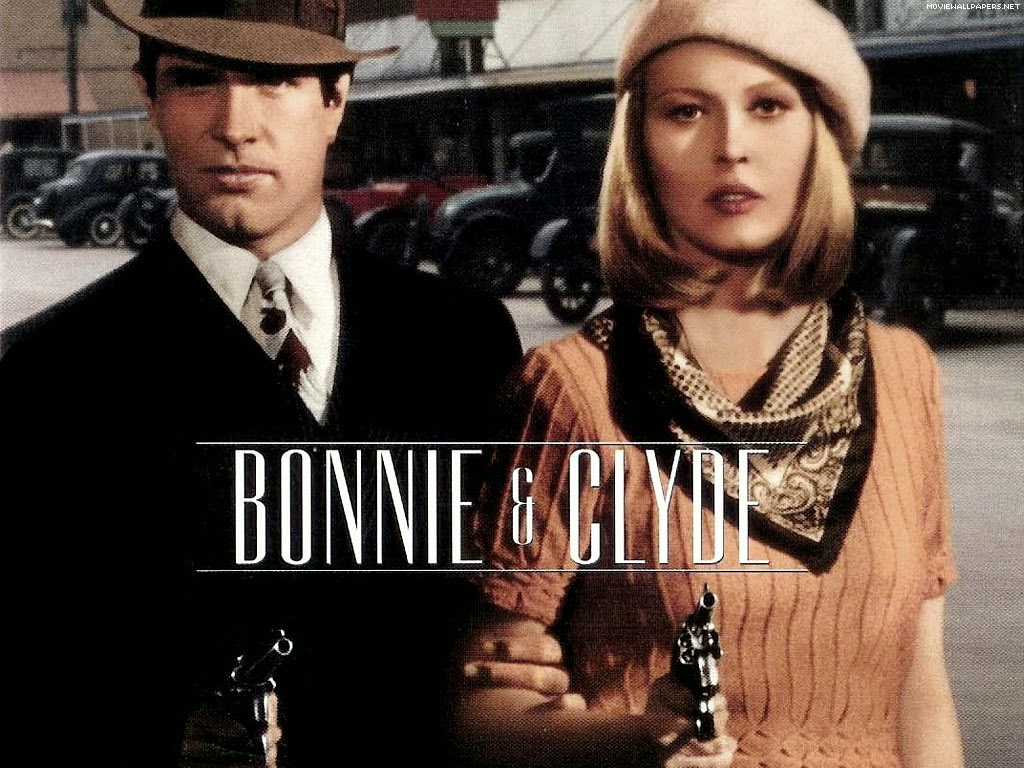
Film festivals for indie films
Film festivals developed to become mature circuit in the 1960s and 1970s; however, their birth is as old as the film industry itself. Lovers of indie films have employed this means to promote the independent filmmaking and showcase the filmmakers’ work.
The late 1970s witnessed the establishment of the Utah/U.S. Film Festival in Salt Lake City. The small film festival would eventually turn into one of the biggest and most significant film festivals in the world when Sundance Institute, founded by Robert Redford and Sterling Van Wagenen, would take over the artistic management of the US Film Festival in 1985. In 1991, the festival was renamed the Sundance Film Festival, after Redford’s well-known role in Butch Cassidy and the Sundance Kid 1969.
The festival helped many independent, talented but unknown filmmakers to garner critical acclaim, successfully reach out audiences, and achieve huge box office sales. Among these filmmakers are Quentin Tarantino, Robert Rodriguez, Kevin Smith, David O. Russell, and Steven Soderbergh.
There’s also the South by Southwest, or SXSW, which was launched in 1987. It’s an annual conference and festival that take place in mid-March in Austin, Texas. The SXSW film conference and festival welcomes raw innovation and new talents. It’s a destination for filmmakers of all levels.
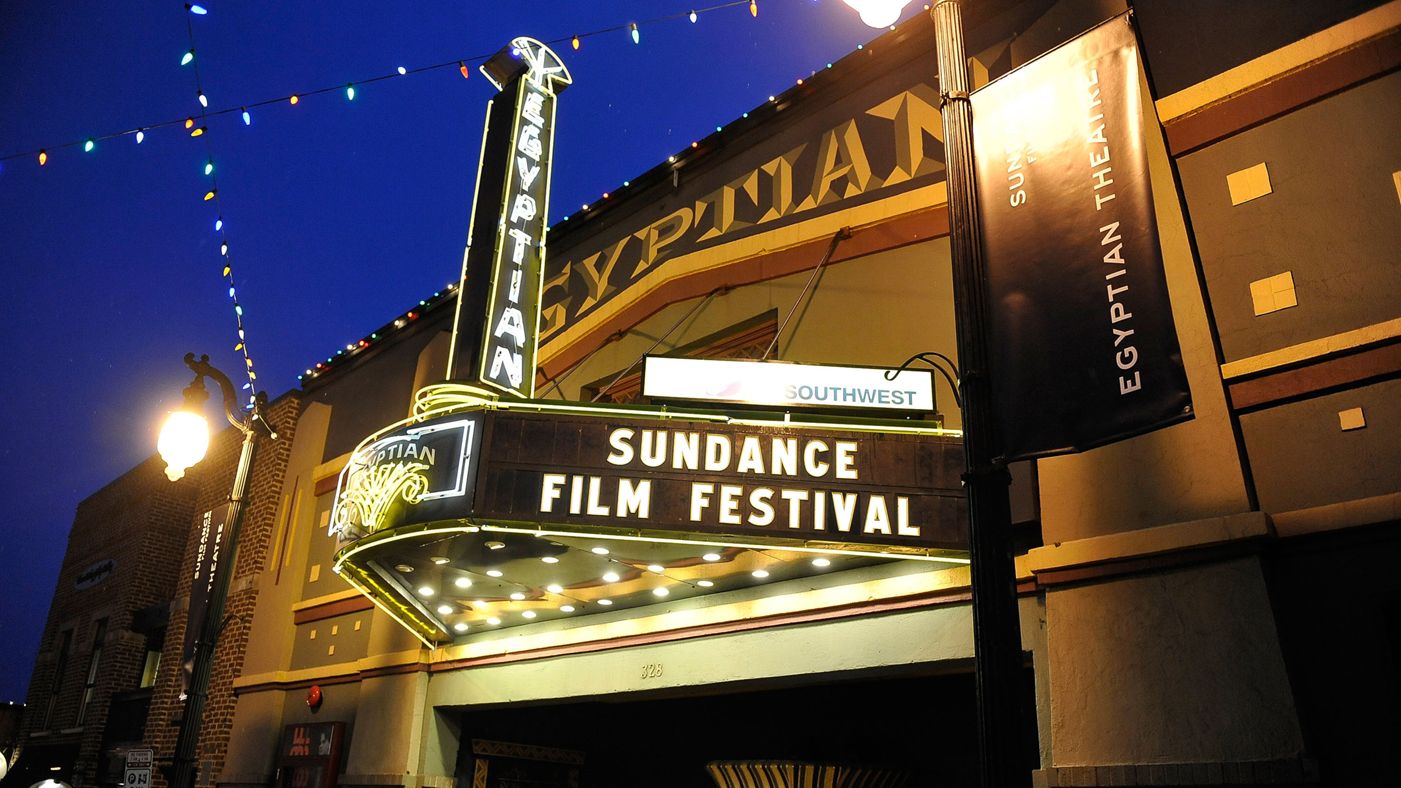
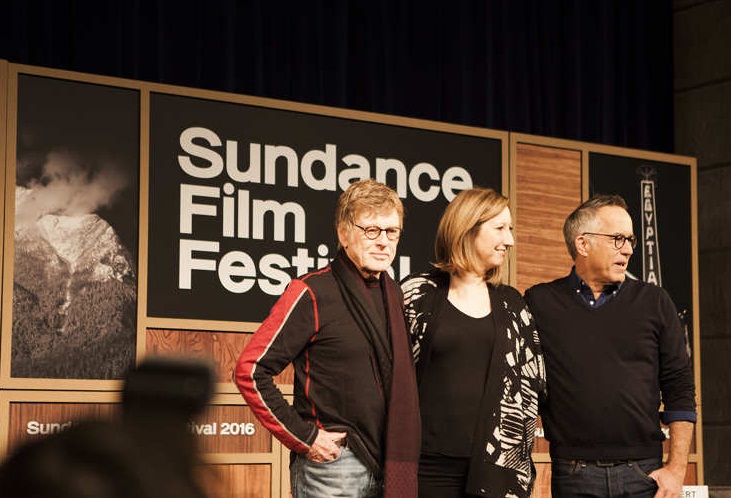
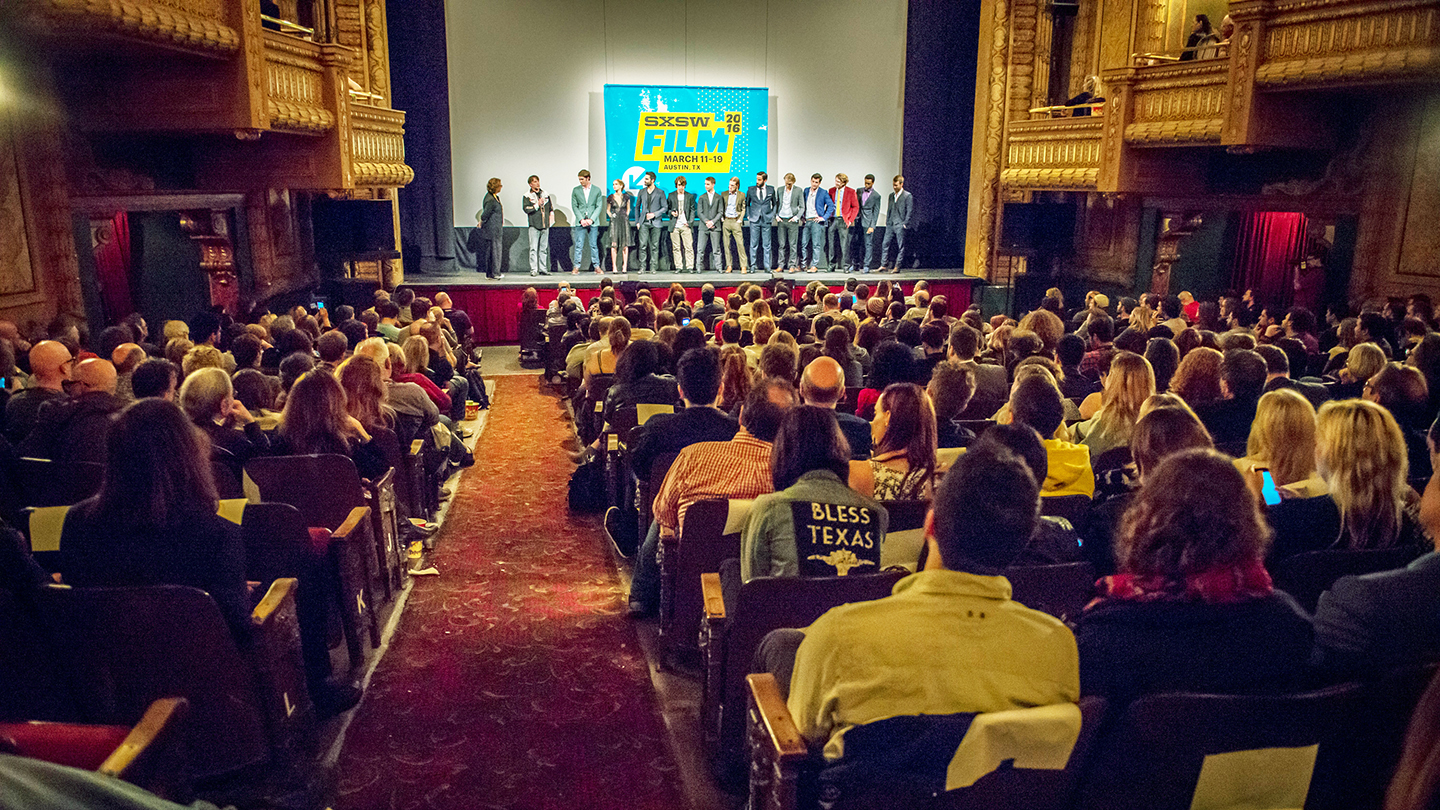
Independent films in the digital age
Indie films flourished in the 1990s, witnessed success through the film festival circuit as well as the box office. Renowned actors achieved success both in indie movies and studio films, including John Travolta, Bruce Willis, and Tim Robins. However, the new century came bringing the digital age we are living today which has produced an environment full of opportunities as well as challenges for film industry generally, and independent filmmaking specifically.
The major wins that make many optimistic about the future of the indie film are the more affordable production resulting from the film industry shift from film to digital equipment, and the more accessible distribution routes due to the verity of the digital outlets.
For the low budget projects, film stock was expensive. Today, the much cheaper digital CF cards replaced the film; a four-gigabyte card that could hold three-hour footage costs only 200 $. Plus, it can be reused if there is no longer need for the stored footage.

Just like the production process, distribution has been witnessing a revolution due to the new opportunities the digital era provides. Many indie films that were condemned to forgetfulness after being displayed in film festivals without reaching the audiences, many of these movies have escaped this fate by employing the new methods of distribution. One of these methods is to distribute the films via the Internet and SVOD system directly. An example of these online distribution companies is the renowned Netflix which was primarily founded in 1997 as an entertainment company specialized in providing streaming media, video-on-demand online, and DVD by mail. Then recently, in 2013, Netflix initiated its own film and TV production along with online distribution. A newer project is Amazon’s “Festival Stars” program that was launched at Sundance Film Festival 2017 to distribute the festival’s films exclusively.

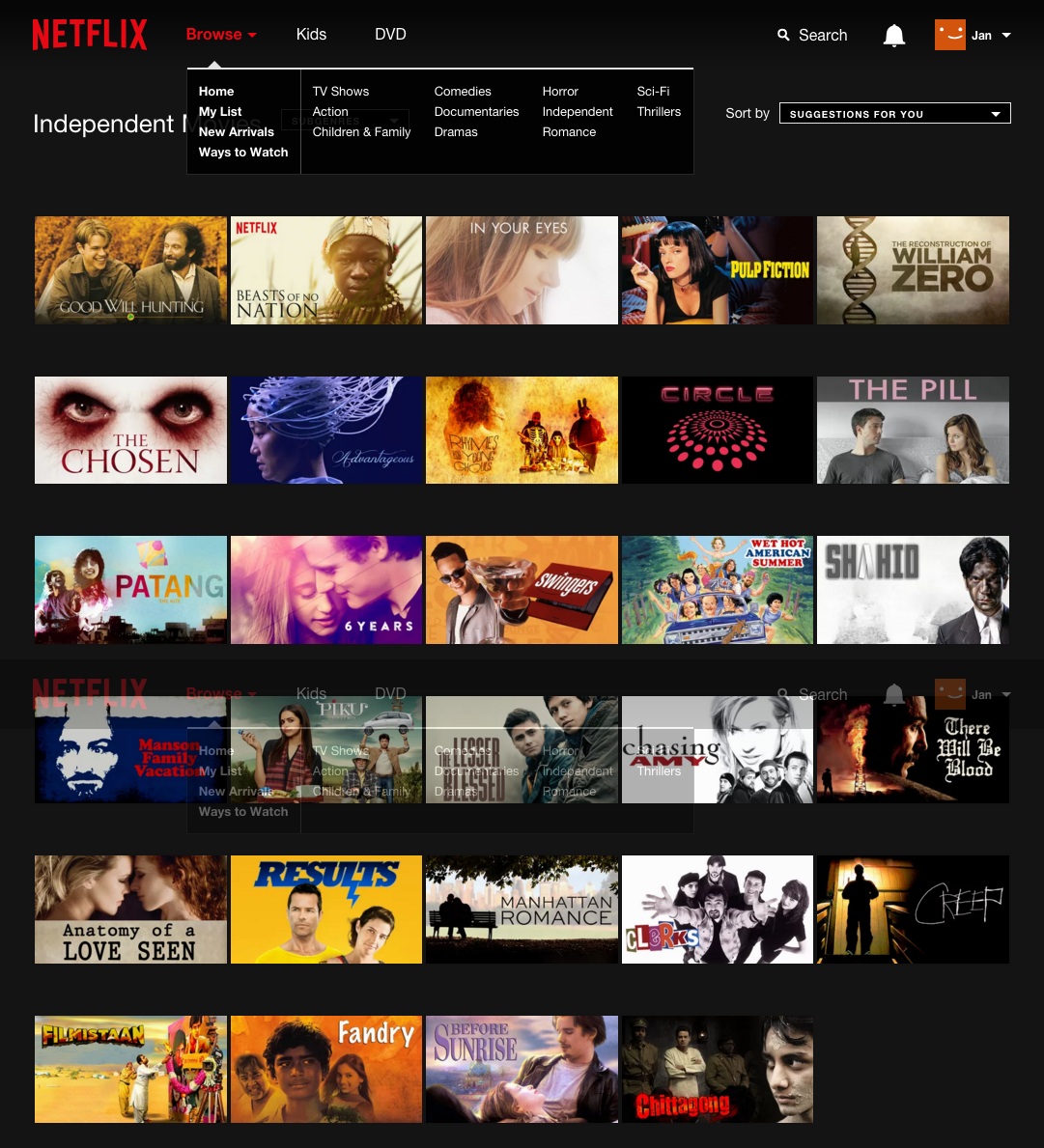

Smaller enterprises have appeared to take advantage of the era. Among them is ViviGeek site, a film production community that helps young and indie filmmakers to connect, collaborate, and make films. It partnered with independent film production companies such as Killer Films, and with social media outlets such as YouTube.
No doubt audiences have become more reachable by independent filmmakers and that self-distribution away from the major studios, and theatrical release has facilitated the process. Besides, social media platforms and services like YouTube and Vimeo have given the filmmakers the advantage of online video sharing. On the other hand, while focusing on creating their own content, the indie film new distributors have reduced their distribution deals at Sundance which was observed clearly at the 2018 festival. These companies have also changed the classic distribution model that goes back to Hollywood’s golden age. Plus, the ease of digital production and distribution casts a significant challenge before talented filmmakers to rise out of the flood of mediocre films that have drowned the world wide web.


Good indie movies to watch
Let’s start with the latest which is the awarded films of Sundance 2018 that took place from January 18 to 28. The four Grand Jury Prizes were awarded to The Miseducation of Cameron Post “U.S Dramatic”, Butterflies “World Cinema Dramatic”, Kailash “U.S. Documentary”, and Of Fathers and Sons “World Cinema Documentary”. And here, you will find the rest of the awarded movies.
There is also these 50 Greatest American Independent Movies listed by the Empire Magazine in 2011. Another list by the same magazine was presented in 2005. And for more recent indies, here’s the IndieWire’s 2015 list of the 50 best films of the decade, Plus Beasts of the Southern Wild 2012.
Almost all the indie film lists include works of brilliant filmmakers; early, such as John Cassavetes, Herbert Biberman, along with more recent choices like Steven Soderbergh, Todd Haynes, Jim Jarmusch and Hal Hartley.
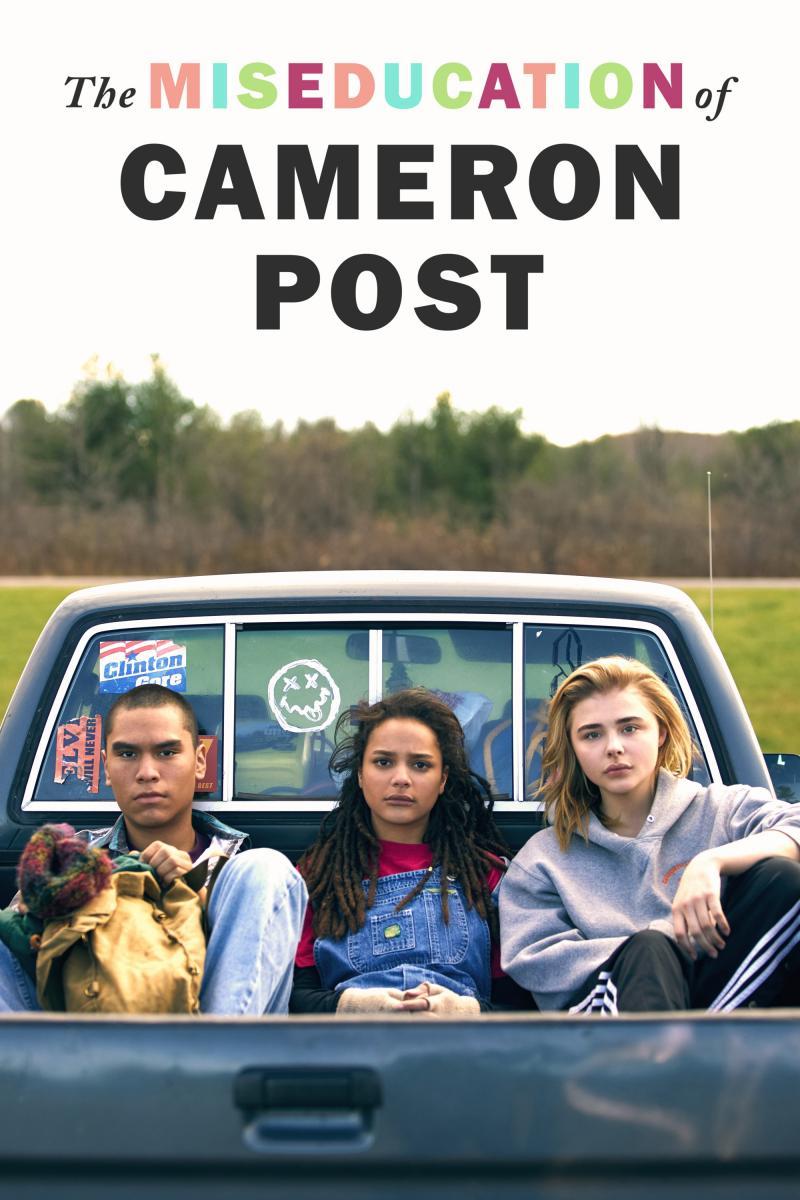
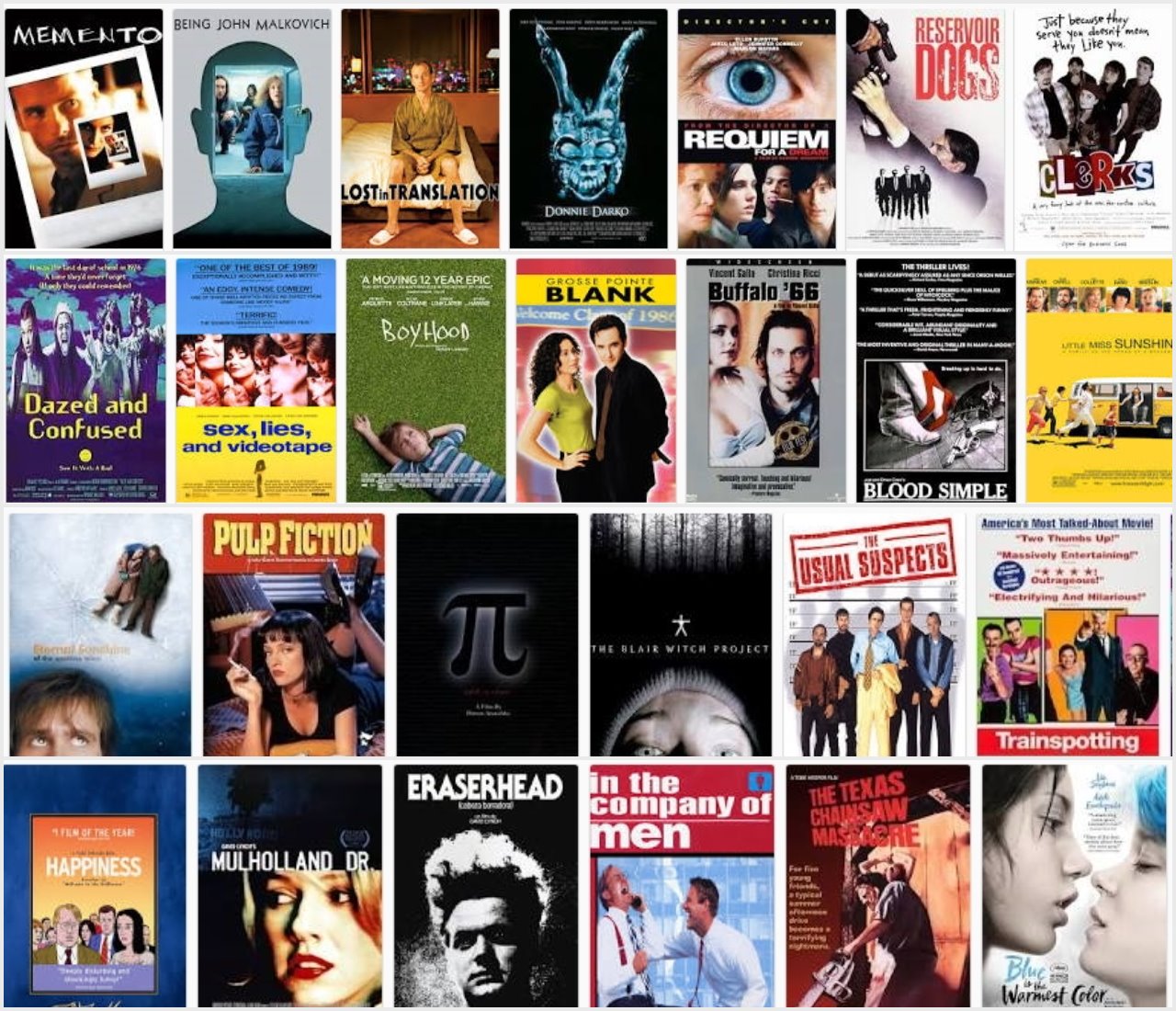
“Full of surprises” is how the future of the indie film could be fairly expressed. Some believe Netflix and Amazon have changed the indie filmmaking disrupting the world of indies, while others see great possibilities awaiting.

